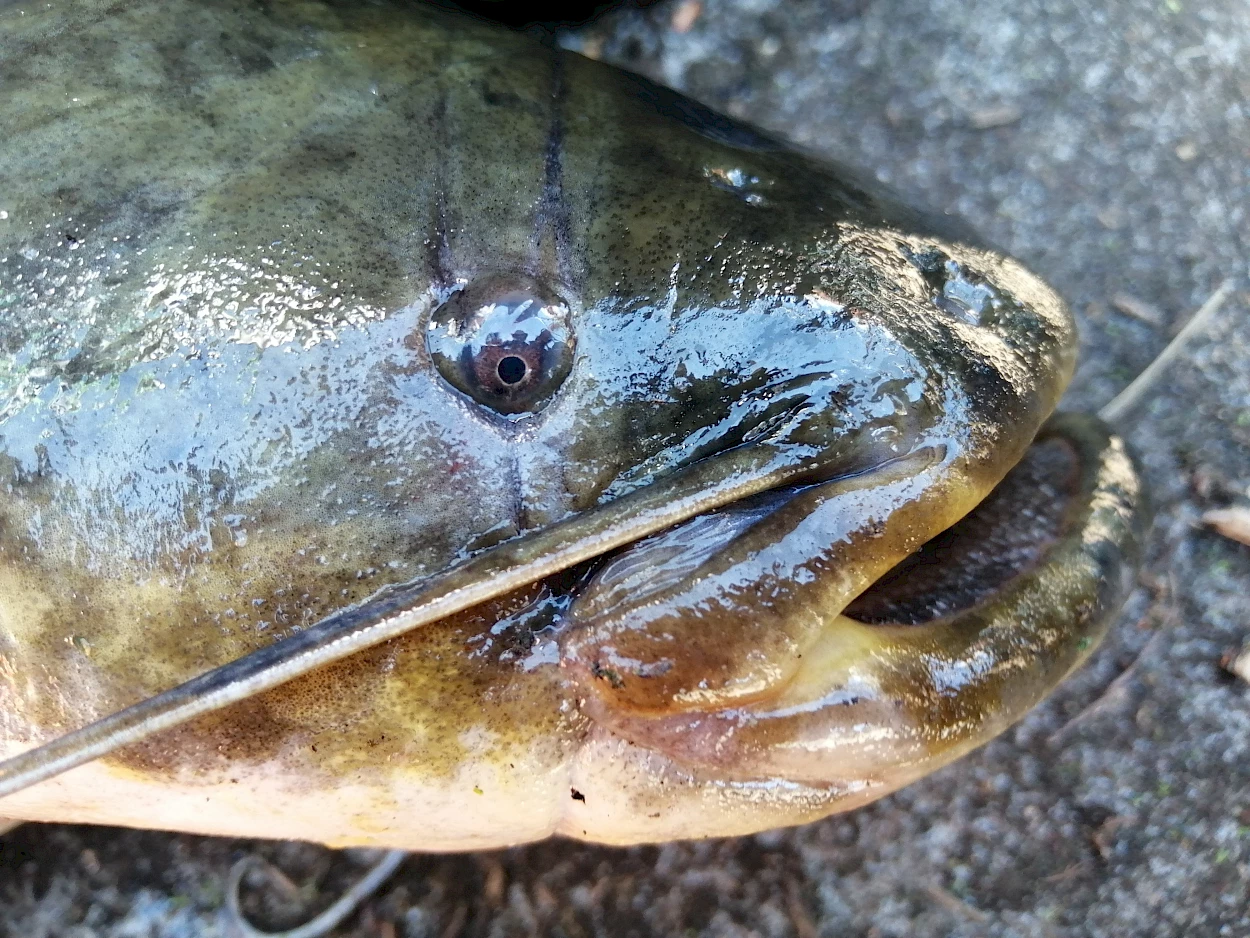UC study links decline in ecological quality of rivers to invasive alien species
The researchers concluded that most bioassessment indices used in river monitoring do not include alien species, and that their abundance is associated with river degradation, with a significant impact on the prevalence of native species.
Research conducted by scientists from the Faculty of Sciences and Technology of the University of Coimbra (FCTUC) has concluded that only a few biological indices used in river monitoring consider alien species analysis. It also found that the abundance of alien species is linked to river degradation and significantly impacts the diversity and presence of native species.
This international study, led by Maria João Feio, with contributions from Janine Silva and Sónica Serra, researchers at the Marine and Environmental Sciences Centre (MARE)of the Department of Life Sciences (DCV) of FCTUC, has been published in the Journal of Environmental Management.
"This study aimed to understand, on a global scale, whether the assessment of the ecological quality of rivers reflects the presence of alien species (not native to a region) in riparian ecosystems. In Portugal, as well as in the European Union and several countries worldwide, there are indices based on aquatic communities of fish, invertebrates, microalgae and aquatic plants, which are considered bioindicators of ecological quality," explains Maria João Feio.
However, when many of these indices were developed, there were fewer or less known aquatic invasive species. "We therefore sought to determine which of these biological groups contain the most reported and recognised alien species, whether the existing indices specifically account for alien species, and whether the indices still reflect the impact of alien species on ecosystem quality," explains Feio.
The authors also found that in 17 countries across six continents, fish are the most commonly reported alien species within aquatic bioindicator groups. This is due to their size, commercial value and greater historical knowledge of native species. Conversely, alien microalgae are the least studied, followed by benthic invertebrates.
"In Portugal, we observe different scenarios depending on the biological element used to assess river quality. The index for fish communities already includes a metric that assesses the presence and abundance of alien species. The index for aquatic plants includes a partial assessment of these species, while the index for invertebrates does not take alien species into account. Consequently, in the latter cases we may be overestimating the biological quality of rivers. However, this depends on the impact a given species has on the ecosystem, which is not always the same," concludes Maria João Feio.
Based on these findings, the researchers recommend including specific metrics for alien species in the biological quality indices used to assess river ecology. They also call for more research into the prevalence of alien species in smaller groups of aquatic organisms, the need to invest in species-level taxonomic identification in monitoring programmes to detect alien species, and the importance of promoting behaviours that prevent aquatic invasions in rivers, among other measures.
The scientific paper "The impacts of alien species on river bioassessment" is available here.

